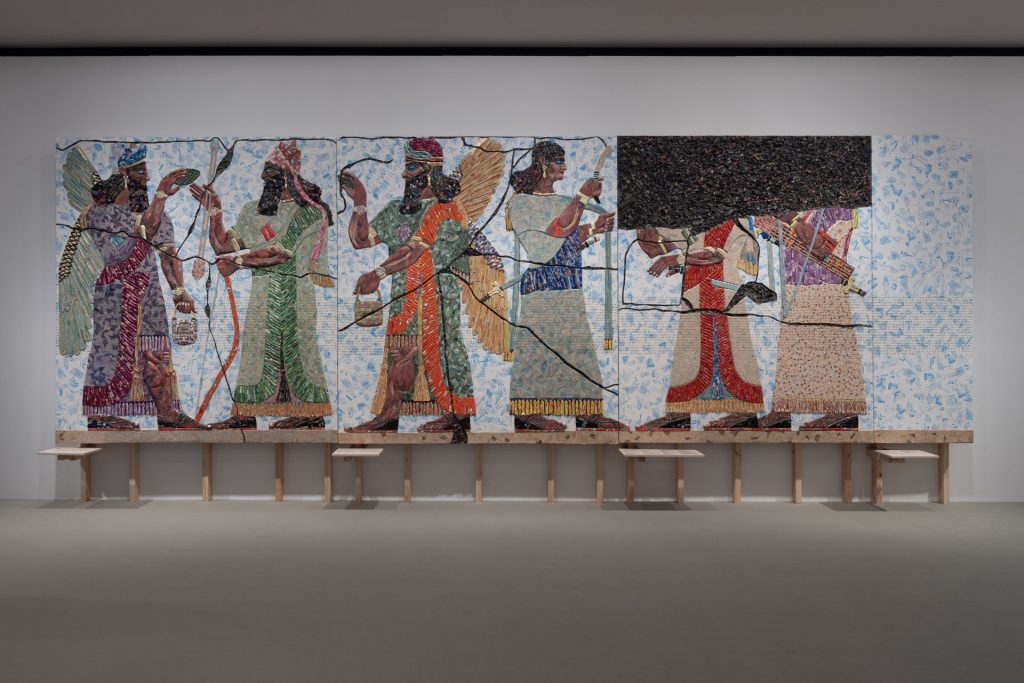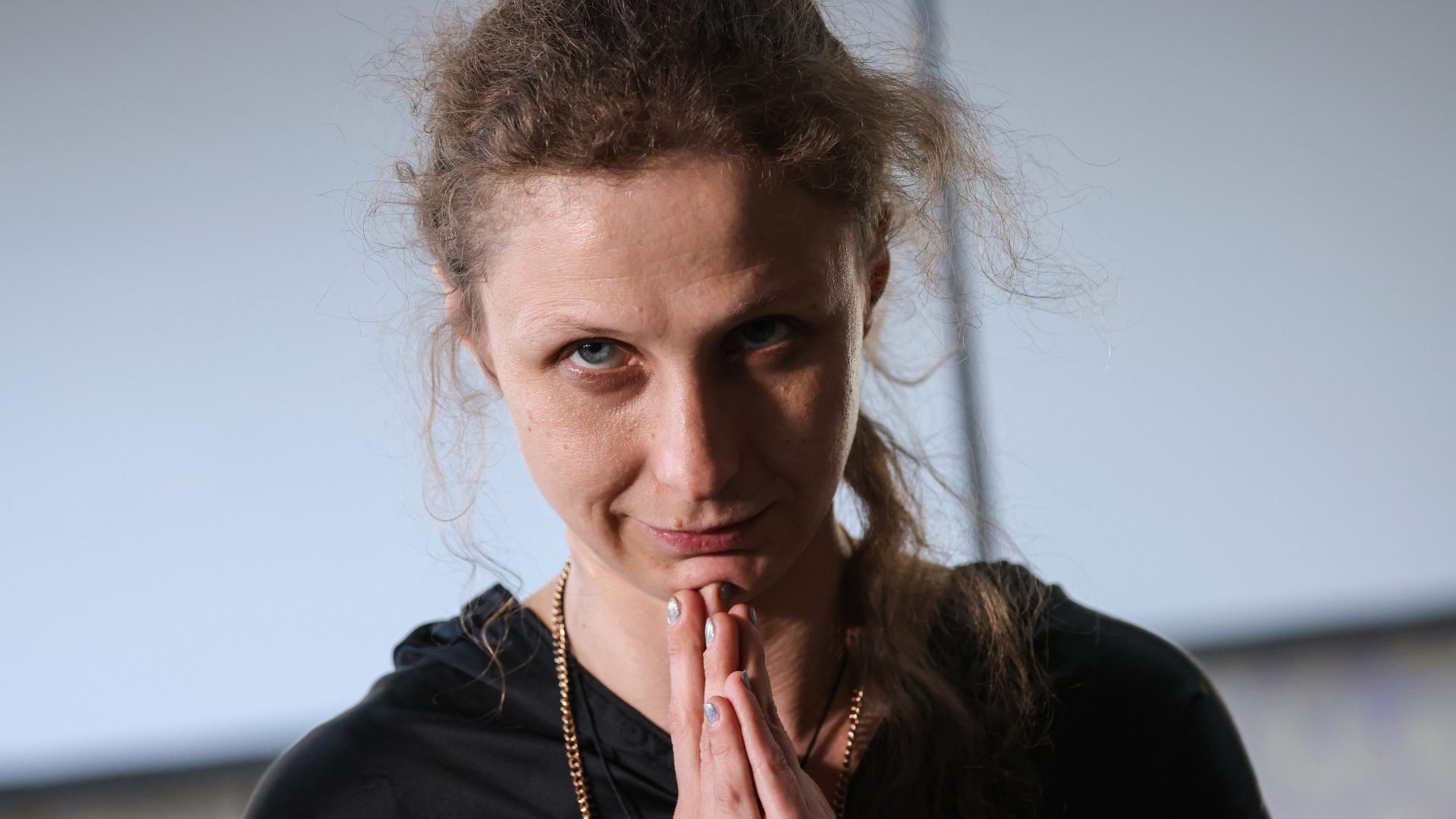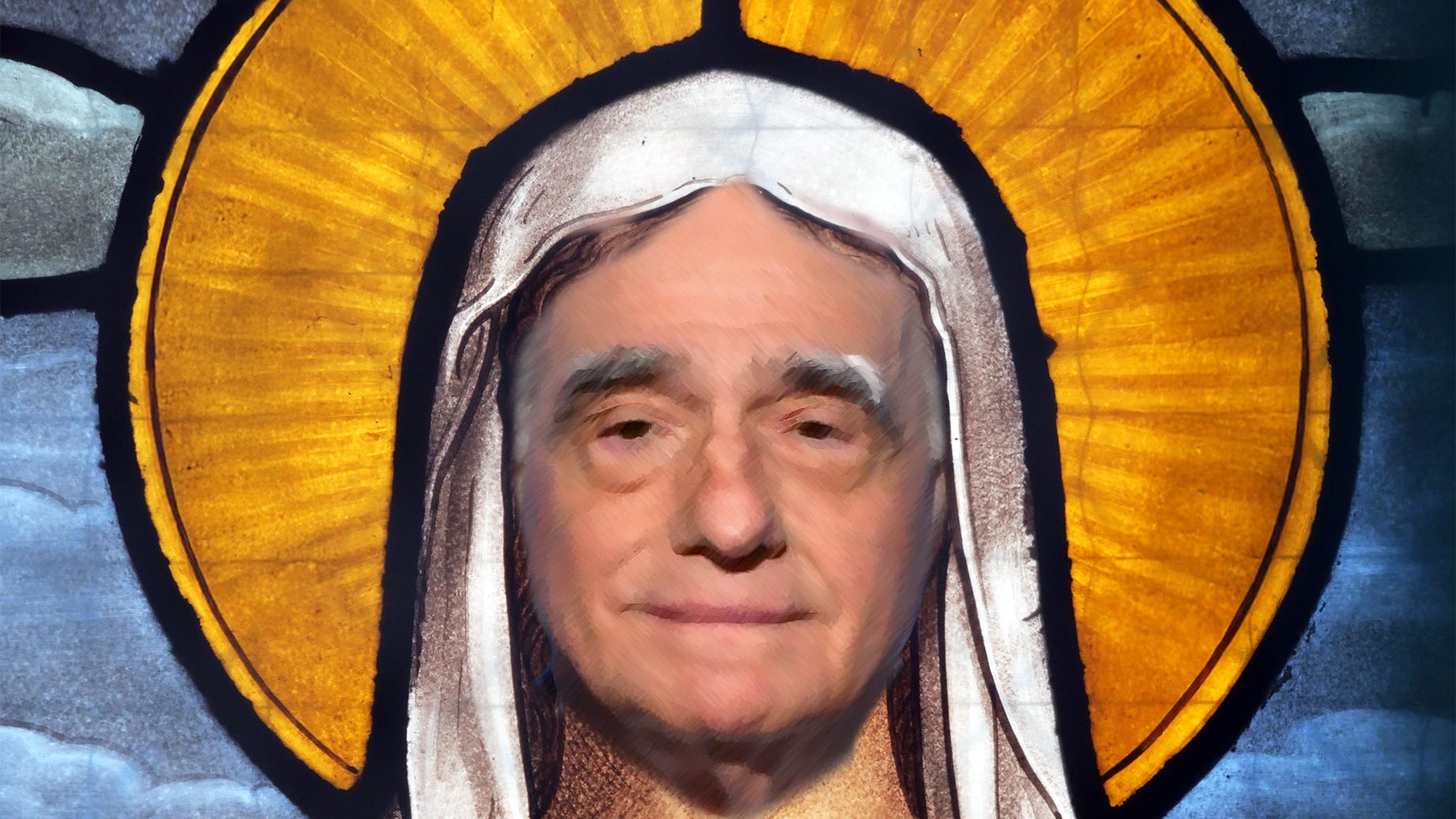It started with an afternoon’s shopping trip in Brooklyn in 2004, when the Iraqi-American artist Michael Rakowitz was searching for date syrup, a signature flavour in his culinary heritage.
Rakowitz was used to buying imported syrup from Israel or California because of long-term UN sanctions imposed on Iraq between 1990 and 2003 following the Iraqi invasion of Kuwait. However, on that afternoon, he discovered a can that told a much bigger story about fractured heritage, displacement and geopolitics.
The label claimed it was a product of Lebanon, but it had in fact been smuggled out of Iraq and through Syria to circumvent the sanctions. For Rakowitz, it became a metaphor for the historic displacement of Iraqi people past and present, and the profound value of history told through the everyday – via fragrances, recipes and traditions which carry meaning and often pain.
“If you’re a migrant family, you find the place where your spices are so you can continue your cultural heritage in your house and make those places appear that have disappeared for you,” he reflects.

Rakowitz went on to source 10,500 of these date cans “that didn’t want to say where they were from” – to produce his monumental Lamassu sculpture, a winged-bull protective deity from ancient Assyrian mythology. The work has taken up residence by the flank of the Acropolis Museum in Athens until October 2026, marking the second instalment of a year-long programme titled Michael Rakowitz and Ancient Cultures. It’s curated by the Neon foundation in collaboration with the Hellenic Ministry of Culture, the Acropolis Museum, and the Ephorate of Antiquities of Athens.
Constructed in 2018, Rakowitz’s Lamassu was originally displayed on Trafalgar Square’s Fourth Plinth in London, the prestigious space reserved for temporary commissions of contemporary sculpture in the institutional heart of the city. It is, in the artist’s words, a “reappearance” of one of the colossal Lamassu monuments that were taken from the ancient Assyrian city of Nimrud near modern-day Mosul in Iraq during the 1840s.
At the time, the region was under Ottoman rule and the focus of intense imperial rivalry between France and Britain, which played out through archaeological collection-building missions across the ancient Mediterranean. British diplomat and antiquarian Austen Henry Layard’s excavations led to the installation of two Lamassu sculptures in the British Museum in 1852 – sculptures that have since become central to ongoing discussions about the ethics of museum display and colonial collecting practices.
Simultaneously, hundreds of gypsum panels from the nearby Northwestern Palace of Nimrud were dispersed among global museums, while others were mutilated to facilitate their export. Polychromatic “reappearances” of some of these panels – depicted lifesized with their gaps and erasures – formed part of the first instalment of Rakowitz’s project at the Acropolis, in the exhibition All Spice, which closed on October 31.
Rakowitz’s choice of the term “reappearance” rather than “reconstruction” is intentional and charged with meaning. The artist prefers to think of looted cultural objects as “coming back as ghosts to haunt western collections.”
This language also critiques the limiting practices of contemporary attempts to “reconstruct” displaced or destroyed objects through technologies such as 3D printing, which produce visually identical imitations but strip away the depth of contextual history and the aura of interaction embedded in authentic objects. “You can’t 3D print the identity of the Palmyrian people,” the artist says, referencing the destruction of the ancient Syrian site of Palmyra by Islamic State between 2015 and 2017.
Rakowitz’s Lamassu symbolises not only the 19th-century looting of ancient Assyria but also the more recent iconoclasm of Nimrud perpetrated by IS in 2015, when one of the remaining Lamassu sculptures in its original location was razed to the ground – an act that generated more moral outrage in the global community than the simultaneous genocide of peoples.
Suggested Reading


The new grand tour: charting Italy’s art geography
The Lamassu’s arrival in Greece casts a different contextual shadow than its presentation in London’s Trafalgar Square. Greece is acutely aware of the trauma of disconnection from its cultural heritage, having become one of the most publicised plaintiffs in the ongoing struggle for restitution of the Parthenon Marbles, which have resided in the British Museum’s collection since 1816.
Despite repeated calls for their return to Athens, the Parliamentary British Museum Act of 1963 restricts the deaccessioning of objects from the collection, and attempts to amend this legislation have repeatedly failed.
On the third floor of the Acropolis Museum, empty spaces, like open psychic wounds, are reserved for the absent Parthenon stones. On the walls, plaster casts of the panels and metopes held in London wear their obvious material difference in defiance, as if demanding we bear witness to these poor impostors.
Rakowitz draws comparisons to Iraqi visitors to the Baghdad Museum, “who are forced to look at their heritage through gaps and fissures that speak of trauma, warfare and appropriation. Here in Athens, the Lamassu is standing in solidarity with a museum that for me is one of the most beautiful and important in the world,” he says.
He calls Greece “a beacon for all countries looking to reunite their people with their heritage”– an opinion shared by Elina Kountori, director of the Neon foundation and curator of Rakowitz’s trilogy of works with the Acropolis Museum. “The act of looting is so emotional for the Greeks,” she observes.
Yet she remains committed to approaching these inflamed cultural and political battles with a sense of tranquillity: “How can you create a place where people can come together and exchange these ideas and make it a place of calm?”
Neon’s mission is to bring contemporary art into conversation with Greece’s archaeological heritage. Among their recent projects are The Palace at 4am, which displayed contemporary works alongside antiquities at the Archaeological Museum of Mykonos, and Sight, an installation of 29 of Antony Gormley’s cast-iron figures on the Greek island of Delos, both in 2019.
Kountori’s vision has often met resistance from the archaeological and heritage institutions she has sought to work with. “It is all about trust,” she explains. “These are institutions embedded in Greek national identity, traditionally focused on classical Athens. I’ve worked to convince the Acropolis Museum to show Michael Rakowitz’s art within the context of other ancient cultures.”
She also reflects on successful partnerships as symptomatic of a broader shift in Greece’s position on the world stage. “Greece always had a very homogenous national identity; it’s only in the last 25 years that it’s become more multicultural, and the contemporary art scene has flourished in the last five or six years.”
Kountori has pulled off quite a cultural coup. Next spring, the third instalment of the year-long project will see the first-ever display of contemporary art to take place in the Old Acropolis Museum, nestled on the site of the sacred rock of the ancient Greek Acropolis, a building which has been closed to the public since 2007.
While the precise details of the project are still under embargo, both Kountori and Rakowitz allude to themes of diasporic identities, and the voices of displacement told through architecture, and the persistent investment in not just the value of the monumental and what is lost to history, but the recuperation of these absences through the ephemeral, intimate and human.
Lamassu is in situ at the Acropolis Museum, Athens, until October 31, 2026



